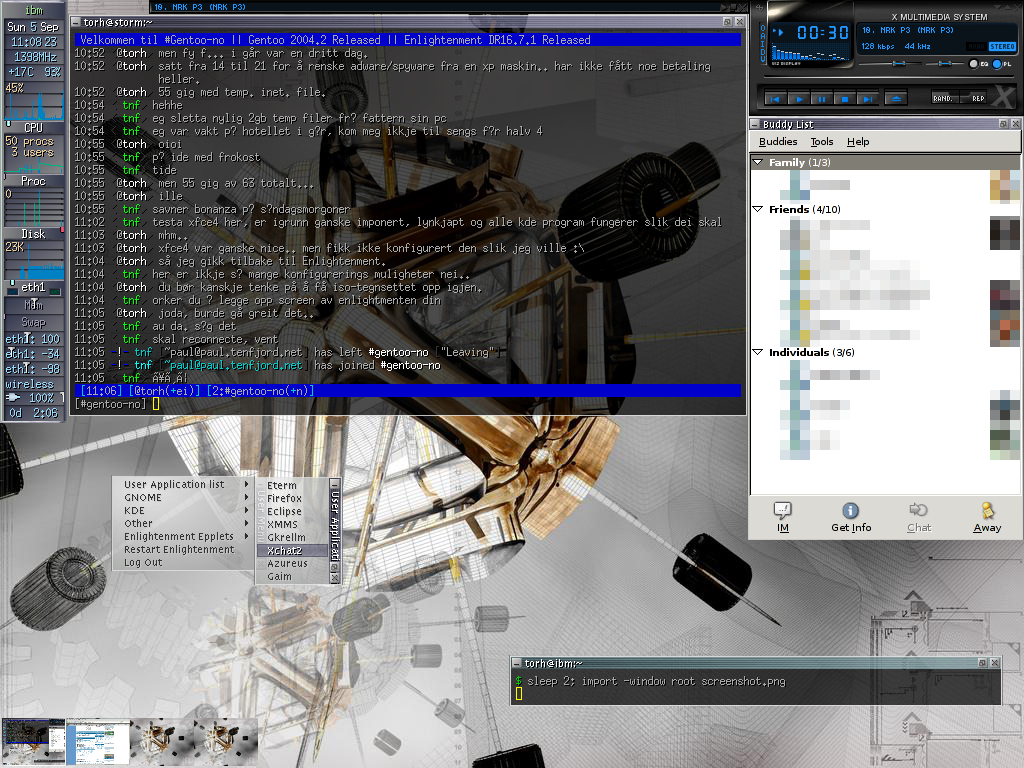Twice I have been fortunate enough to have one of my posts featured on Hacker News. Well, fortunate might be a strong word because the attention comes with a price.
The first post was a tongue-in-cheek essay about digital natives and boy did it get some attention. Mostly negative. HN is a lovely community, but reading those comments were not an enjoyable experience.
This brings me to my first tip: Humor can easily get lost in translation. I’m not saying you shouldn’t use it, but you should be aware that humor – especially irony and sarcasm – doesn’t translate well into writing.
In my second post, Writing is Hard, I wrote about what I find difficult about the writing process, and what I believe is the best way to solve it. This time the comments were far nicer, and I enjoyed reading them. There were different opinions, obviously, but the general tone was much better and the feedback more constructive – which I attribute to the fact that I wrote a more constructive essay as well.
I could say: Write more constructive, but I don’t think it’s a constructive advice. Instead, my second tip would be: Keep your promise to the reader. This applies even if you think nobody will read it; if you promise something in the title or the beginning of the text, follow up on that. In my first draft, the title of this essay was “Writing Tips”. So now I must either deliver on that or change the title.
This brings me to my third tip: Change your title accordingly. Sometimes the title is clear from the start, but usually the title is just a placeholder until you know what the text is about. Writing can be an evolving process; in some cases, you don’t know the text until after you have written it and done the first round of editing.
As mentioned, I find much joy in the HN community, and I’ve noticed that people often want evidence. This is a good thing; It means people are paying attention. So, if you claim something, make sure to back it up. This is not a hard rule; I just broke it myself claiming that people on HN want more evidence.
Speak the truth and be honest with your reader. I don’t mean that you shouldn’t write fictional stories or fairy tales, but if you try to sell something; be upfront about it.
English is not my first language, but I believe I can use that to my advantage by keeping it simple and make the text readable. I don’t try to impress with words I don’t understand, and neither should you.
Equally important, no matter how simple words you use: Fix spelling and grammar. Our brain is incredible when it comes to filling in the gaps. One way to fix spelling is to read the text backwards, word for word. But I’m lazy and just copy the whole thing into Microsoft Word and let it advice me.
Still, weirdness can get through. In the original draft I managed to write “thong-in-cheek” instead of “tongue-in-cheek” – now that will certainly conjure up an image in your head. Both will pass the spellchecker; but one is not like the other.
Once you have written your piece; let it mellow for a while. I know it’s tempting to press the publish button, or in other ways release it to the world, but let it rest. As with tasty food, the flavors must get to know each other. I think this applies to words and sentences as well. If they taste sour when you get back to them after a few hours, or a few days, re-write or throw them out.
The written word doesn’t have an expiration date; it won’t go bad, but it won’t get any better either. Make sure your text is tasty before you serve it to other people.
I want to finish with this: We all make mistakes. It’s not the end of the world if you make a typo or two, as long as the text is readable, understandable and you get your point across.
To summarize:
- Be careful with humor, especially with irony and sarcasm
- Keep your promise to the reader
- Change your title (if necessary) once the text is ready
- Backup your claims with facts and references
- Speak the truth and be honest with your reader
- Keep the language simple, avoid using words you don’t fully understand
- Fix spelling and grammar
- Let your text mellow and re-read before you publish
So, there you have it: My writing tips. They may not be perfect, but I didn’t promise that either, so I believe I have delivered according to my own advice on this one. Now, what are you waiting for? Start writing.


